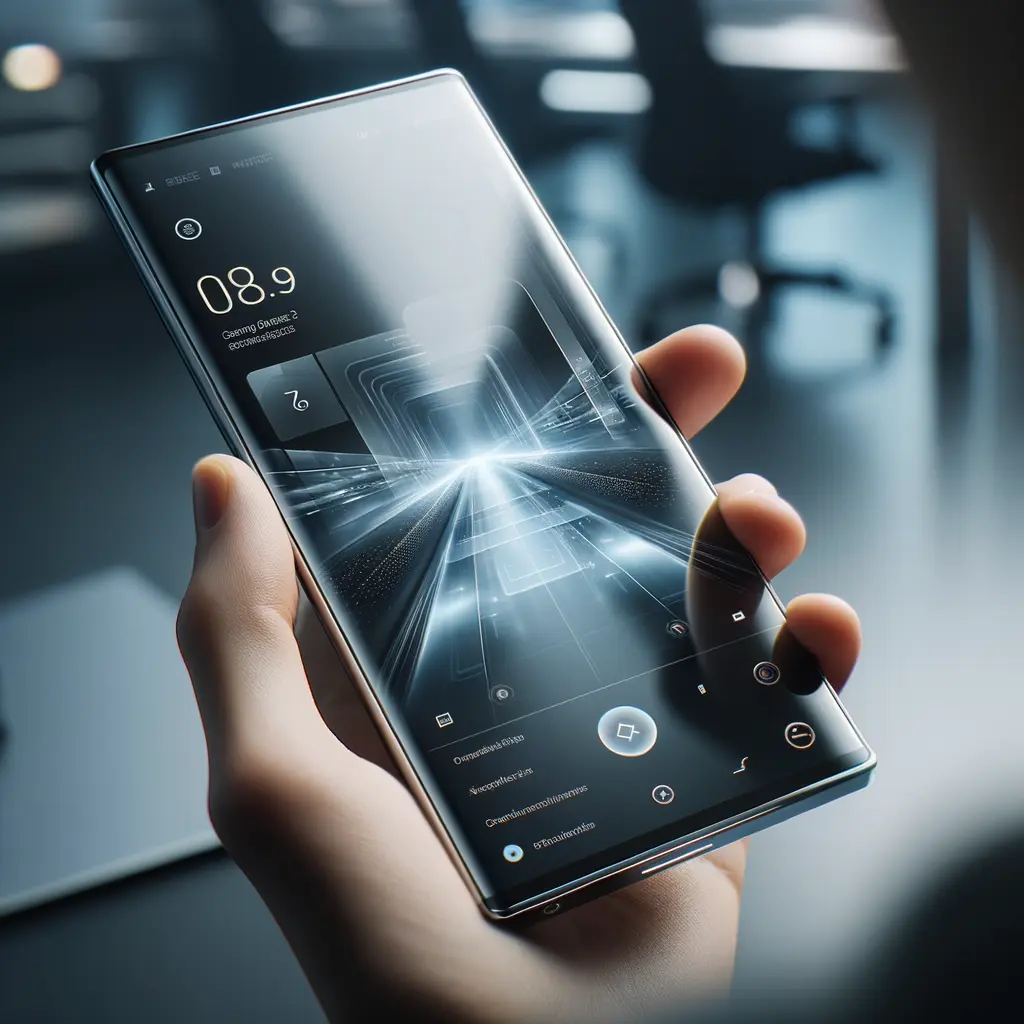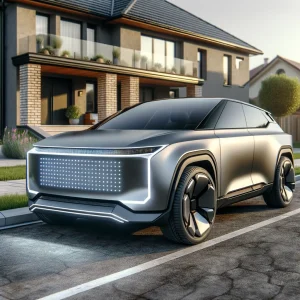WWDC 2025 Kick-Off: What Apple Unveiled in Cupertino
Apple’s annual developer conference never fails to make headlines, but WWDC 2025 brought an energy that could be felt across the entire Apple Park campus. Moments after the doors of the Steve Jobs Theater opened, attendees were met with a rapid-fire presentation that confirmed months of rumors while still managing to surprise. The primary showpiece was, of course, the sweeping “liquid glass design” language that permeates every updated operating system. From the very first demo, it was clear the interface overhaul is more than a cosmetic facelift—it’s a unified visual framework meant to tie together iOS 26, macOS Tahoe, iPadOS 26, watchOS 12, tvOS 19, and VisionOS 26. In this post, we’ll unpack the biggest announcements, gauge how they will affect everyday users and developers, and explain why WWDC 2025 could become a historic turning point for Apple’s ecosystem. Expect practical examples, early performance impressions, and suggested next steps if you plan to install the developer betas. Whether you followed the keynote minute by minute or you’re catching up now, our goal is to translate the whirlwind of WWDC 2025 news into clear, actionable insights you can use today. We’ll also point you toward related resources, like our guide to mastering Stage Manager on iPad and our deep dive into Apple’s M4 chip roadmap.

Liquid Glass Design: A Unified Look for iOS 26, macOS Tahoe, More
The phrase “liquid glass design” appeared dozens of times during the keynote, and for good reason: it represents Apple’s most ambitious UI overhaul since the move to flat icons in iOS 7. Think of it as a dynamic layer of translucent panes that respond organically to touch, cursor movement, or the position of the Digital Crown. In iOS 26, the effect is most obvious on the Lock Screen, where the clock resizes itself to complement photo depth and color. On macOS Tahoe, the traditional menu bar melts away, leaving a subtle row of floating glyphs that grants back an extra sliver of screen real estate—particularly noticeable on 13-inch MacBook Airs. Apple calls the shimmering edges “specular highlights,” borrowing cinema-quality rendering techniques from VisionOS. Beyond aesthetics, liquid glass design improves information hierarchy: UI chrome recedes while content shines through. Safari’s URL bar now hovers atop web pages, camera settings float on a semi-transparent shelf, and Control Center tiles resemble polished glass gems you can rearrange at will. Developers gain a streamlined API to adopt these effects with minimal code, ensuring third-party apps look native on day one. Expect future releases—from CarPlay Ultra dashboards to Apple TV home screens—to carry this visual signature, solidifying the brand’s cross-device continuity.

Hands-On Reactions to iOS 26 & macOS Tahoe Upgrades
Beyond the fresh coat of liquid glass, iOS 26 features several quality-of-life improvements that will resonate with power users and first-time iPhone owners alike. The Camera app sports a simplified dual-mode launcher—Photo or Video—with advanced settings tucked into a single upward swipe. Apple’s machine-learning engine now auto-sorts burst shots, surfacing the sharpest frame while reducing library clutter by up to 40 %, according to on-stage statistics. Safari introduces Focused Browsing, a distraction-free view that hides social widgets when you’re reading long-form articles. Over on the desktop, macOS Tahoe brings a refined Control Center, updated widgets that blend seamlessly with custom wallpapers, and a new Privacy Dashboard summarizing sensor usage across apps. Early testers report smoother Mission Control animations even on Intel Macs, hinting at under-the-hood optimizations. Developers can ship Universal Apps that share a single code base for both platforms, thanks to the expanded SwiftUI 6 toolkit. For users still on macOS Sonoma, internal migration checks pinpoint 32-bit plug-ins or outdated kernel extensions that need replacement—a handy step before upgrading. To see these changes in action, watch our embedded WWDC 2025 reaction video below, where we explore the Lock Screen, test out Focused Browsing, and time Mission Control latency on a 14-inch MacBook Pro.
iPadOS 26 Windowing: Turning the iPad Into a True Workstation
For years the iPad community asked Apple to “just make it more like a Mac.” With iPadOS 26, Cupertino finally obliged—without sacrificing the tablet’s touch-first identity. The star feature is the new grab-handle windowing system, borrowed from VisionOS, that lets you resize any app by dragging a subtle corner pill. Up to four floating windows can occupy the screen simultaneously, and their sizes and positions persist between sessions. Pair this with Mission Shelf, a quick-access strip at the bottom edge, and you can jump between layouts with a single swipe. Files and folders now pin directly to the dock; tap one and its contents fan out vertically in classic macOS style. External display support receives a boost: connect a 27-inch Studio Display and the iPad automatically offers a 6K canvas with independent spaces. Early beta builds show near-desktop performance on the M4 iPad Pro, even when exporting 4K video in Final Cut for iPad. Educators will appreciate Focus Session, which locks students into a chosen app until a timer expires—no more wandering into TikTok mid-lecture. Taken together, these additions position iPadOS 26 windowing as the most disruptive change of WWDC 2025, potentially reshaping how creative professionals and mobile workers structure their daily workflows.

Beyond the Big Three: VisionOS 26, CarPlay Ultra, and Live Translation
While most headlines focus on iOS 26 features and macOS Tahoe, smaller platforms grabbed impressive upgrades. VisionOS 26 turns your living room into a mixed-reality dashboard of floating widgets—weather, calendars, and photo reels remain spatially anchored even after you remove and re-don the headset. Content creators gain native 360-degree playback for GoPro MAX and Insta360 X4 footage, opening new storytelling horizons. On the road, CarPlay Ultra debuts in upcoming Aston Martin models, showcasing liquid glass design on a panoramic 50-inch cockpit screen. The interface adapts to speed, navigation cues, and battery levels with shimmering specular accents. Finally, Apple introduced a system-wide Live Translation service that works across WWDC 2025’s entire OS lineup. Initiate a FaceTime call with someone abroad and each participant sees subtitles in their native language within seconds. The same API is available to WhatsApp, Zoom, and Webex, potentially erasing language barriers for millions of users. Although flashy VR demos steal the limelight, these translation capabilities may prove more transformative in daily life. As Apple opens the framework to developers, expect innovative use cases—multilingual customer support apps, real-time travel guides, and accessible education platforms—by the time the public releases ship this fall.

Why WWDC 2025 Matters: Next Steps for Developers and Users
WWDC 2025 is more than a collection of flashy demos; it outlines Apple’s strategic direction for the next several years. Liquid glass design unifies the company’s visual identity, while practical tools—iPadOS 26 windowing, Live Translation, and Focused Browsing—address user pain points head-on. Developers should download Xcode 17 beta today to explore the refined SwiftUI 6 and new glass effect APIs. If you build productivity apps, start testing window persistence on iPad; if you’re in media, prepare 360-degree assets for VisionOS 26. Everyday users eager to try iOS 26 features can enroll in the Apple Developer Program, but remember to create an encrypted backup before installing early software. Public betas arrive in July, and final releases are expected alongside the iPhone 17 lineup in September. Until then, keep an eye on our upcoming articles: we’ll compare battery life between iOS 25 and iOS 26, share tutorials on customizing macOS Tahoe’s Control Center, and review third-party apps adopting liquid glass design. WWDC 2025 sets a high bar, signaling that Apple still prioritizes cross-device cohesion and accessible innovation. Whether you’re a coder, creative, or casual fan, these changes ensure the next twelve months will be some of the most exciting in Apple’s recent history.







